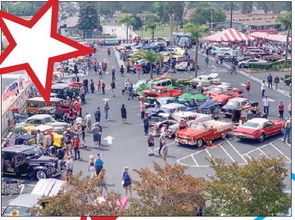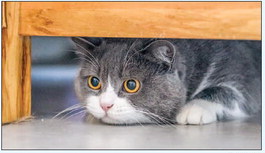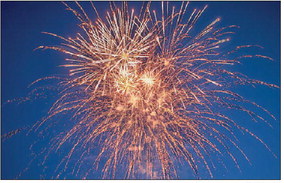2023 GRF Paving Project
The 2023 GRF Paving Project will continue starting with the paving of five more streets, including Interlachen Road, Twin Hills Drive, South Fairfield Lane, St. Andrews (outside of the gate) and Kenwood Road.
Pedestrians and drivers should proceed with caution and adhere to traffic controls.





